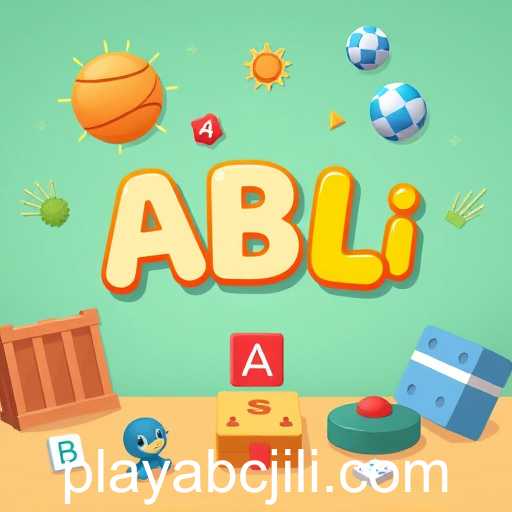Discover how Learning Games under the ABCJili category are transforming education through engaging and innovative methods.
In today's digital age, the fusion of technology and education is reshaping classrooms and homes alike, with one standout area being the development of learning games. Within this burgeoning field, the ABCJili keyword has emerged as a popular reference point for those seeking to explore the latest and most effective educational gaming experiences. But what exactly makes these learning games so innovative, and why are they gaining traction among educators, students, and parents?
Learning games, designed to be both entertaining and instructional, capitalize on the engaging nature of video games to teach a variety of subjects. From mathematics and science to language arts and history, these games cater to diverse learning needs and preferences. The ABCJili collection, a standout category on a popular educational platform, showcases an array of games specifically designed to stimulate curiosity and enhance knowledge retention through interactive play.
One of the most significant advantages of learning games is their ability to offer personalized learning experiences. With the help of adaptive learning technologies, these games adjust their level of difficulty based on the user's progress. This ensures that learners are both challenged and supported, encouraging continual growth without the frustration of insurmountable obstacles.
Moreover, the ABCJili collection emphasizes multisensory engagement, a crucial component in effective learning. By incorporating visual, auditory, and tactile elements, these games cater to varying learning styles, making education accessible and enjoyable for a broader range of learners. For example, a math-centered game might combine colorful graphics to illustrate concepts, rewarding sounds to signify correct answers, and interactive problem-solving to promote critical thinking.
Parents and educators are increasingly recognizing the potential of learning games as supplements to traditional educational methods. By integrating games with classroom curricula, teachers can revitalize their lesson plans, making subjects like algebra or grammar more relatable and less daunting to students. Similarly, parents can use these games as tools to reinforce classroom learning at home in a manner that feels like play, rather than additional homework.
Critics, however, caution against over-reliance on games for education, citing concerns over screen time and potential addiction. It's essential for both parents and educators to balance these innovative tools within a broader educational framework, ensuring that while games are used effectively, they are complemented by traditional teaching methods and real-world interactions.
In conclusion, the ABCJili category of learning games represents a noteworthy progression in educational technology, marrying the worlds of gaming and learning to produce engaging and effective educational experiences. As technology continues to evolve, it will be fascinating to watch how learning games further adapt, keeping pace with educational needs and ongoing digital advancements.




